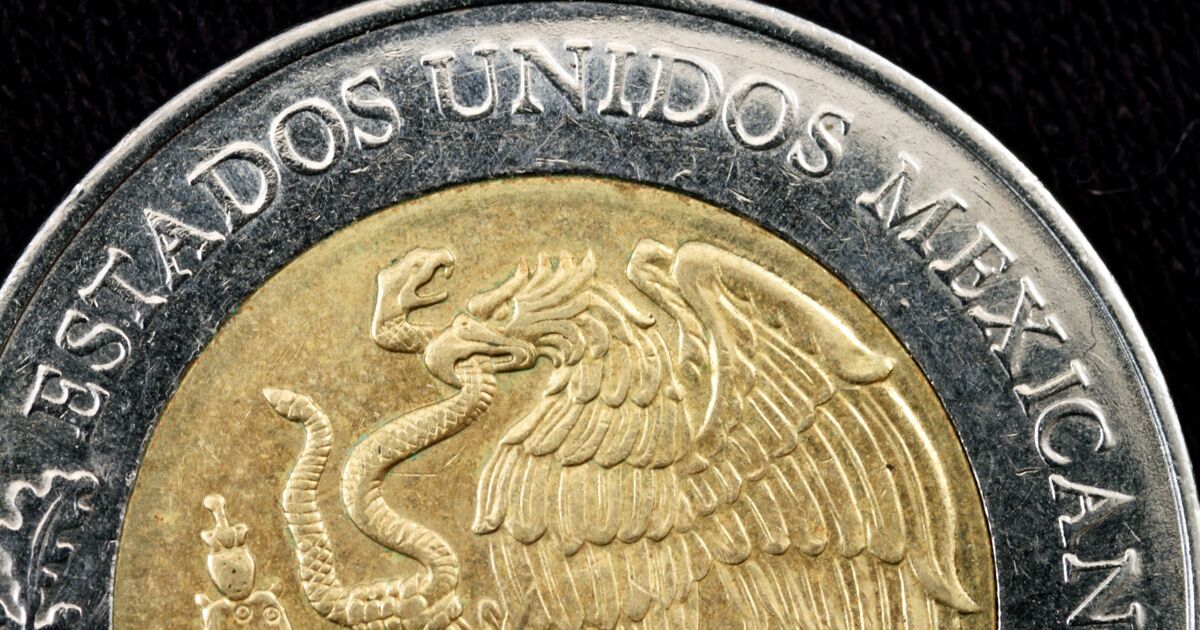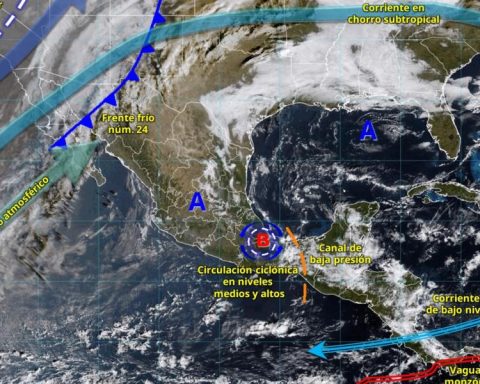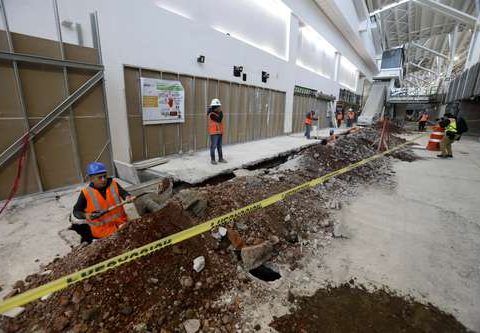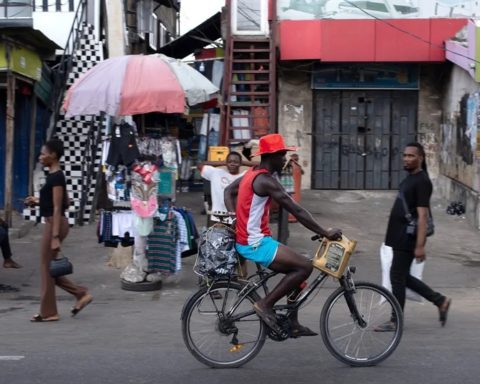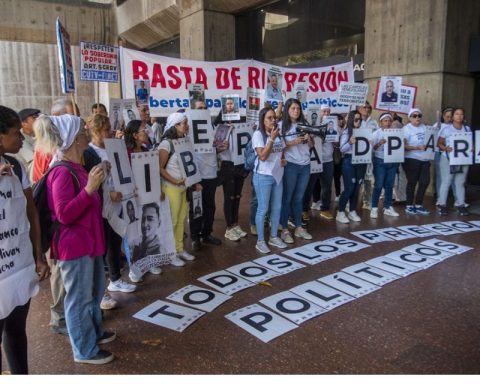In the risk balance report, the Board considered that the Mexican financial system continues to show resilience.
“In the case of the banking and insurance sectors, they generally maintain a solid position with levels of capital and liquidity above regulatory minimums,” the statement said.
The Council indicated that world economic activity moderated its pace of growth and inflation followed an upward trend, mainly driven by high food and energy prices.
“In Mexico, in line with what was observed at a global level, the variations in the prices of assets in the financial markets reflected this environment of greater uncertainty. The foreign exchange market presented some volatility and interest rates registered generalized increases,” he detailed.
The Financial System Stability Council mentioned the following external risks:
1. Greater risk aversion derived from political conflicts.
2. A greater restriction of global financial conditions due to the rise in interest rates of the main central banks of the world.
3. Weakness in consumption and investment.
4. Potential effects on the country’s and Pemex’s credit ratings.
Banxico and the Treasury highlighted the importance of authorities and financial institutions continuing with prevention, monitoring and rapid response actions in cybersecurity, remaining on high alert while the geopolitical conflict continues.
After contracting 8.5% in 2020, in the midst of a health contingency due to the coronavirus, the Mexican economy grew by 5% in 2021, but in 2022 expansion expectations have been revised down to around 2% due to the uncertain international scenario and high inflation.
With information from Reuters
